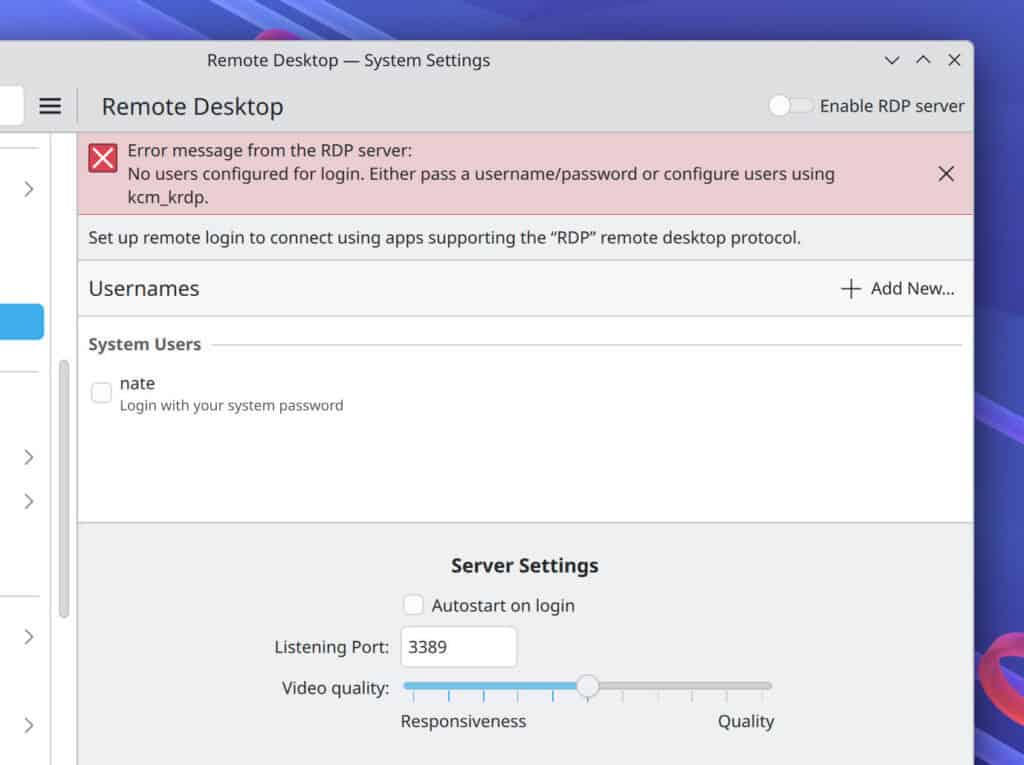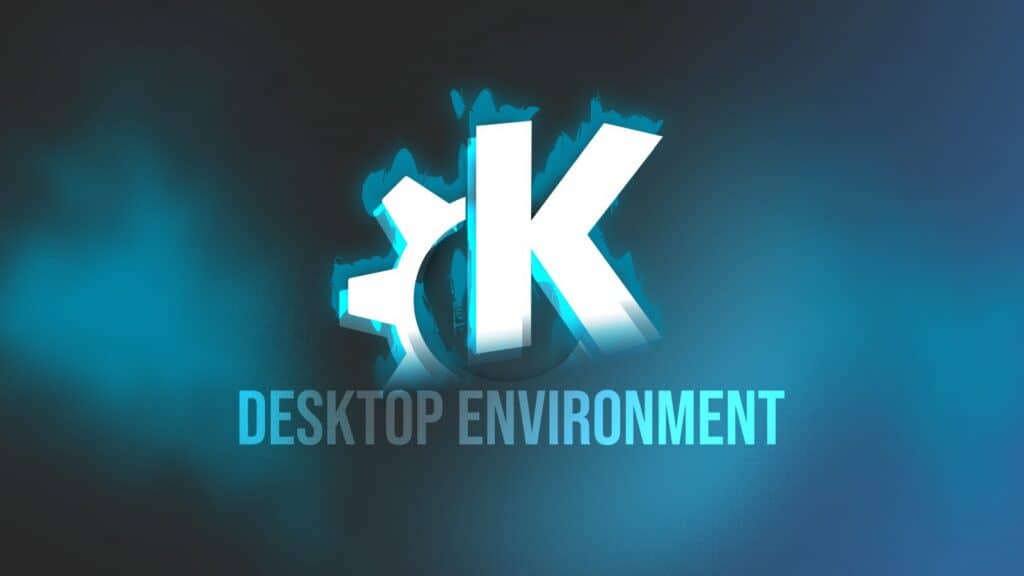The KDE Plasma 6.6 desktop environment is taking shape, and although there are still a few months to go before the final stable release—scheduled for February 17, 2026—some of the changes are already clear.
One of the most noticeable additions is the new option to connect to Wi-Fi networks using a QR code. The Networks widget now includes a small button that opens the QRca helper app, allowing you to scan a code instead of typing long passwords.

The DrKonqi crash reporting tool also becomes more useful, as it can now detect crashes from non-KDE applications and suggest reporting them to the right developers or your Linux distribution.
Several changes aim to improve color accuracy and visual consistency. The color picker now displays the actual RGB values of a color, rather than those affected by Night Light or ICC profiles. Additionally, the Breeze theme for GTK apps has been refined with extra toolbar padding and properly colored separator lines, aligning more closely with the rest of Plasma.
System Settings receives plenty of attention, too. The Remote Desktop page now displays error messages directly on the page, eliminating the need to dig through logs. Bluetooth settings adhere more closely to KDE’s interface guidelines, featuring clearer buttons and enhanced behavior when Bluetooth is disabled.

It’s also worth noting that hot corners now work across all monitors instead of just one, though this can be turned off if you prefer the old behavior.
Regarding memory use, there is some good news – it has been reduced by over 100 MB thanks to smarter handling of wallpaper images. Because this change broke tiled wallpapers, developers re-added them through a new “Tiled” wallpaper plugin. HDR displays also get a small upgrade with a new calibration step that measures maximum full-screen brightness for more accurate results.
Wayland users will notice smoother drag-and-drop between XWayland and native apps, along with better support for newer Linux kernels. Plasma 6.6 also introduces a new USB portal, enabling sandboxed applications, such as Flatpaks, to safely access USB devices when necessary.
On the customization and accessibility side, you can now change how visible the borders and outlines around Breeze-styled interface elements appear—or turn them off completely. Text fields across Plasma also use more standard-looking buttons for inline actions, making the interface feel more consistent.

Moreover, Discover can now re-check for updates immediately after installations finish. You can open System Settings using the Meta + I shortcut, which may feel familiar if you’re coming from Windows.
Finally, slideshow wallpaper grids gain “Select All” and “Deselect All” buttons, the OpenConnect VPN dialog uses clearer labels, and the Info Center now responds to the keyword “dxdiag.” Additionally, the number of virtual desktops has been increased from 20 to 25.
For more information, refer to the KDE’s announcements here and here.
Image credits: KDE Project

Currently, best DE in Linux world (IMO)